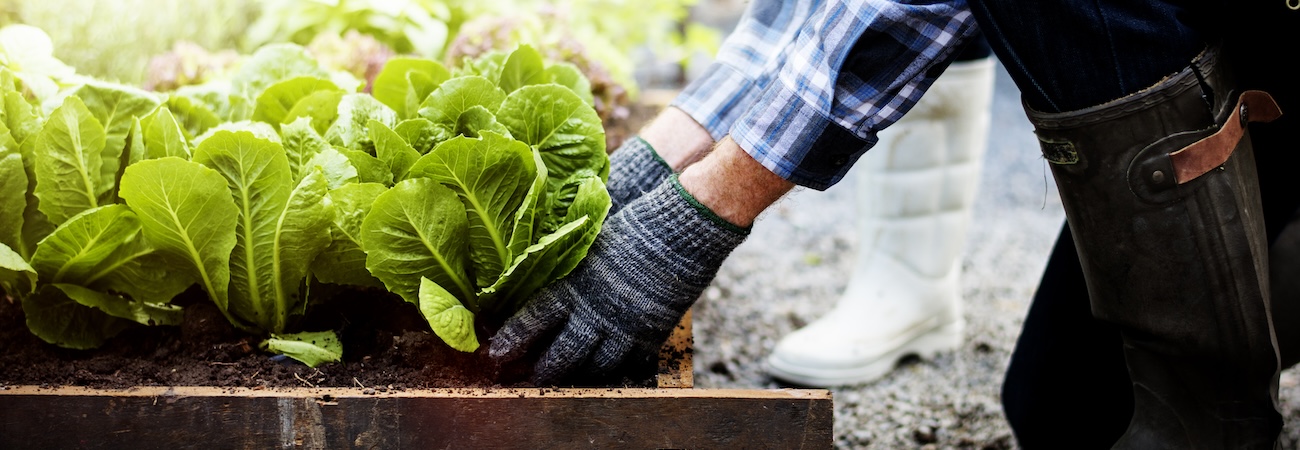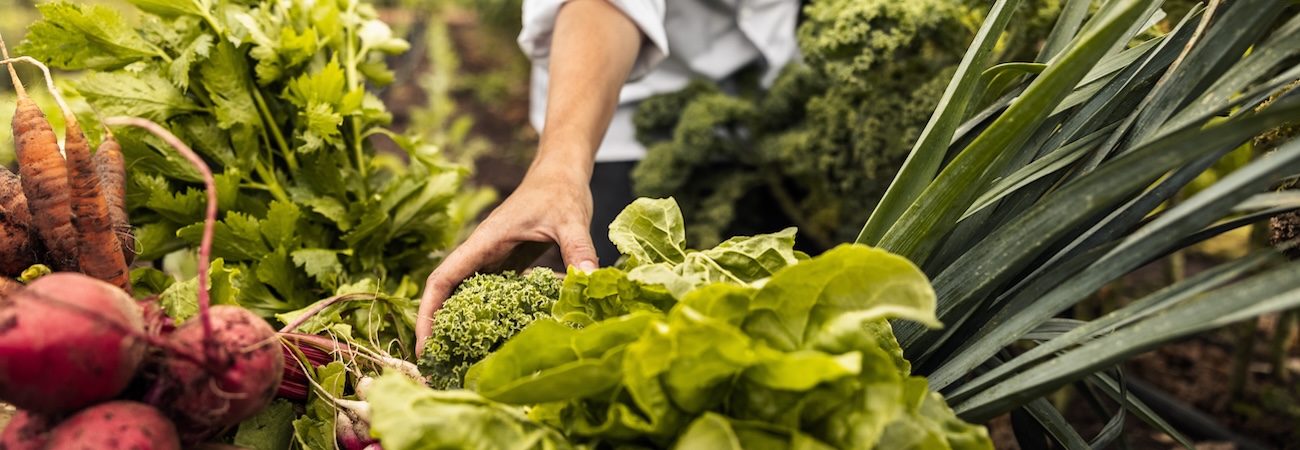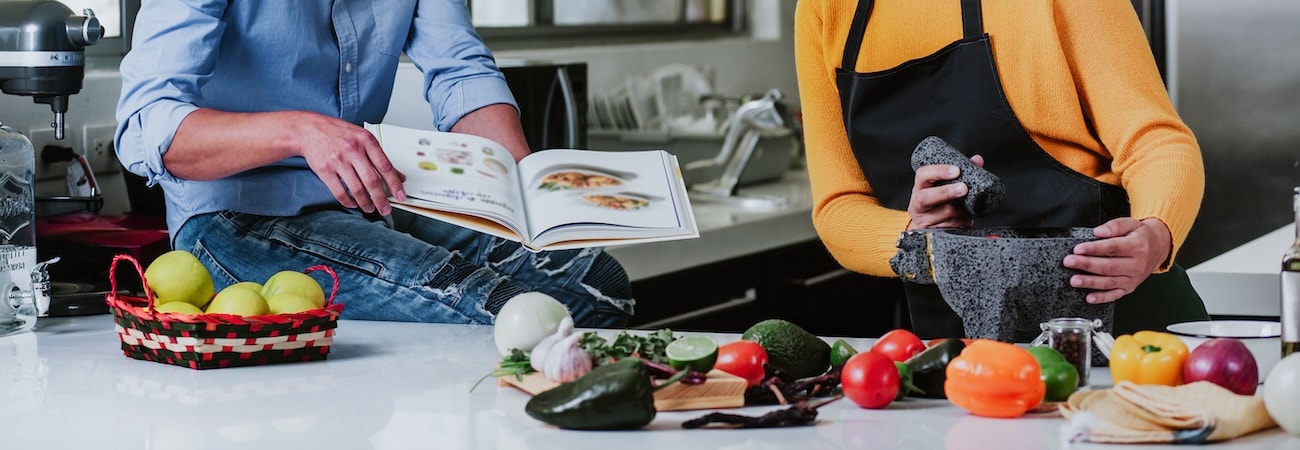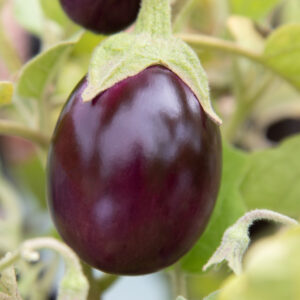
Ann’s Almanac – January
January is not an easy month to love. So, we have a choice. We can be grumpy and hide under the duvet, or we can wrap up warm and get outdoors! Snowdrops will be in flower soon, and a walk through swathes of pure white always lifts my spirits.
Did you make any New Year’s resolutions? If you’re determined to lose a few pounds and improve your fitness, raking fallen leaves and weeds for 30 minutes or digging the veg plot requires as much energy as going for a 2km run. Even pruning and tidying plants is as good for you as walking. So, never feel guilty about spending time in the garden. It’s cheaper than a gym membership and you’ll have something wonderful to show for it.
The start of a new year means we’ll soon be in the midst of prime seed sowing season. If wet weather rules the garden out of bounds, make the most of the downtime and start planning.
There are two seasonal diversions that can ease the bite of any winter. One is the January thaw. The other is the seed catalogues.
– Hal Borland

Jobs to tackle this month
My top tasks for January include:
- Order your seed potatoes in time for delivery this month. I like to chit the earlies before planting.
- Chilli seeds are slow to germinate and need a long growing period so it’s a good idea to sow a batch in January. They can take 2-3 weeks to germinate and another 3-4 before being large enough to prick out. Patience is needed but the results are worth it!
- Continue planting bare-root trees and shrubs. If the ground is frozen, heel them in or plant temporarily in a pot until the ground thaws.
- Hellebore flowers will be emerging this month. Give them a helping hand by cutting away any large, old leaves.
- To prevent disease, remove all fallen leaves from beneath roses.
- Prune apple and pear trees, removing any criss-crossing branches and dead wood.
- Autumn-planted onions will welcome a high potash feed this month. Dobies seaweed-based fertilisers are just the job for onions and for many other crops.
- If you fancy the tender sweet shots of forced rhubarb, then now is the time to cover the crown. If you don’t have one of those splendid terracotta forcing pots then no matter, a large upturned bucket will do the job. Once you’ve cropped the first shoots give the rhubarb crown a nitrogen-based feed to help it recover.
- Keep bird feeders clean and full and remember to put out fresh water.
- Tidy up the shed, sweep shelves and wash pots and seed trays. It’ll be time for spring sowing before you know it! Now is also the time to check through your seed tin and order anything missing.

From plot to plate
Here are some of the delicious crops I harvest in January:
- Savoy cabbage ‘January King’: Brassica royalty, this cabbage dates back to 1867 and there’s a reason why it remains so popular – it tastes gorgeous! Purple-green and sweet tasting, ‘January King’ is as delicate as a cabbage gets and is best steamed, stir-fried or simply shredded and cooked in melted butter, with a little crushed garlic.
- Leek Below Zero F1: This British-bred variety produces beautifully white shanks and deep green leaves, even in the coldest winter. Leeks can be used to replace onions in any dish and can be steamed, braised, fried, simmered or griddled. Leek soup is a warming dish on a winter’s day, or fry sliced leeks in butter and mix with cream, chopped parsley and grated lemon zest for an easy pasta sauce.
- Spinach: Spring and summer bring us sweet tasting baby leaves but, come January, spinach has developed into something more robust and earthy. Best eaten fresh, harvest the leaves on a cut-and-come-again basis. The Spanish like to stir fry blanched and chopped spinach with onions, garlic, chickpeas and spices such as paprika and cayenne pepper. Add seasoning, a splash of sherry vinegar and olive oil and you’re done. Yum!

Recipe of the month
Ann’s King Cabbage & Bean Soup Recipe
Ingredients:
- 1 tbsp vegetable oil
- 1 onion, finely chopped
- 200g January King cabbage, shredded
- 1 clove of garlic, thinly sliced
- 150ml dry white wine (optional)
- 2 tbsp thyme leaves, striped from stem
- 400g can peeled plum tomatoes
- 600ml vegetable stock
- 400g can cannellini beans, drained
Method:
- Heat the oil in a saucepan, add the onion and cook over a medium heat for 3 to 5 five minutes or until softened.
- Add the cabbage and garlic and mix well with the onions, cooking for about 2 minutes.
- Add the wine and thyme and simmer for a minute.
- Add the tomatoes and stock and bring to the boil. Simmer for 15 minutes, then stir in the drained beans. Season and simmer for two minutes.
- Serves 4 people, with or without crusty bread.
Fancy growing something new?

We all have our favourites – tried and trusted varieties of fruit and veg that we grow each and every year. But it’s also fun to try something new. Here’s my suggestion:
Aubergine ‘Baby Black Jack’: Attractive enough to grow in a sunny flower bed or patio containers, ‘Baby Black Jack’ is a new spineless variety that is exceptionally tasty. Reaching just 35cm tall, the plant produces glossy maroon fruits from July to November.
You may also be interested in
- Flower seeds to sow in January
- Vegetable seeds to sow in January
- Ann’s allotment and gardening guide – December
- Ann’s allotment and gardening guide – February
Lead image: Leek ‘Below Zero F1’ from Dobies
